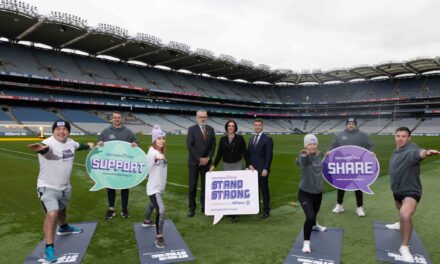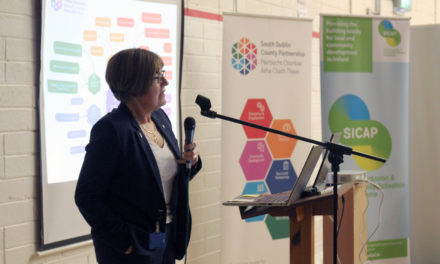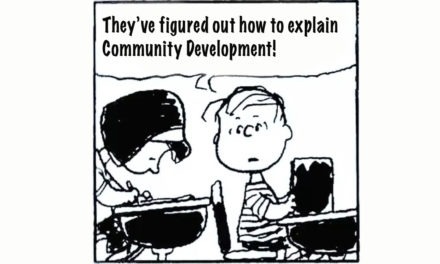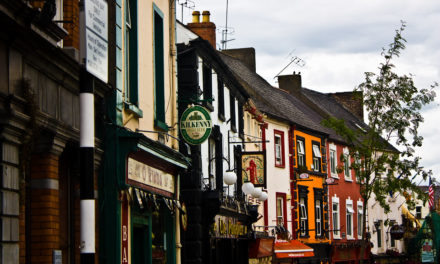Have you ever wondered what someone of 100 years ago – or even 50 or 60 – might make of our modern world? So has eConcepts’ Pat Kennedy…
The late John B Keane, author of The Field and many other fabulous plays and novels set in rural Ireland, would have scratched his head if he was told all of Ireland’s towns and villages would one day be smart.
He wrote about ordinary country people, their curiosity about each other and their cunning, cleverness and contrariness, especially when cornered by institutions or moved by circumstances beyond their control.
Often, his characters struggled to get accurate information.
Now, the EU (through government and local development structures) is talking about smart towns and villages in the near future.
But what changes might come? Will some villages end up ‘smart’, and others not?
The smart towns and villages concept probably stemmed from success with smart cities that focused on technologically-integrated infrastructure such as smart traffic lights and street lights.
Already, we’ve come a long way from peeking out the window to see what’s going on and, broadband connectivity issues notwithstanding, technology is changing society at a rapid pace.
Smart towns and villages will mean better-connected, more efficient communities, as well as people who understand their communities better through metrics.
This would mean – in theory – that a community could make more informed decisions and more people could participate in the decision-making.
So, what does the future hold? Let’s imagine living in one of Ireland’s smart rural villages in five or 10 years’ time. It could look something like this:
– You can pay for local club membership and enter the local GAA lottery through an online community platform.
– Back in 2019, there were already fewer physical shops than there had been, but local businesses are now making up for that by selling products and services through an online local marketplace.
– Menial tasks that put people off from volunteering are automated and digitised, giving people more time to work together and take action. Voluntary management structures are more easily formalised.
– Dashboards of metrics related to the local environment and business help locals understand their community’s needs better.
– New projects are carefully task-listed and people from across the community and country provide pinpoint help.
– Local online volunteers are a valued asset to the community. Those skills your children once picked up playing Fortnite are being used to great advantage in online local volunteering.
– Low-administration micro-financing is easily facilitated for things like booking a room for a meeting, for example.
– The process for grant applications is simpler.
– Blockchain is allowing local currencies to become more common, something that the late Richard Douthwaite, ecologist and radical economist, always hoped for.
That’s just for starters. Who knows where the internet of things (IoT) and 5G are going take us? Our bins already always know where they are at all times of the day or night. (They’re geo-tagged).
Maybe smart towns and villages might even end up teaching smart cities a thing or two.
John B would have found it fascinating…
Pat Kennedy is the owner and head of strategy at digital development company eConcepts and the digital community platform eTownz.
Interested in reading more about the state of Ireland’s community development sector? Check out our latest issue.




